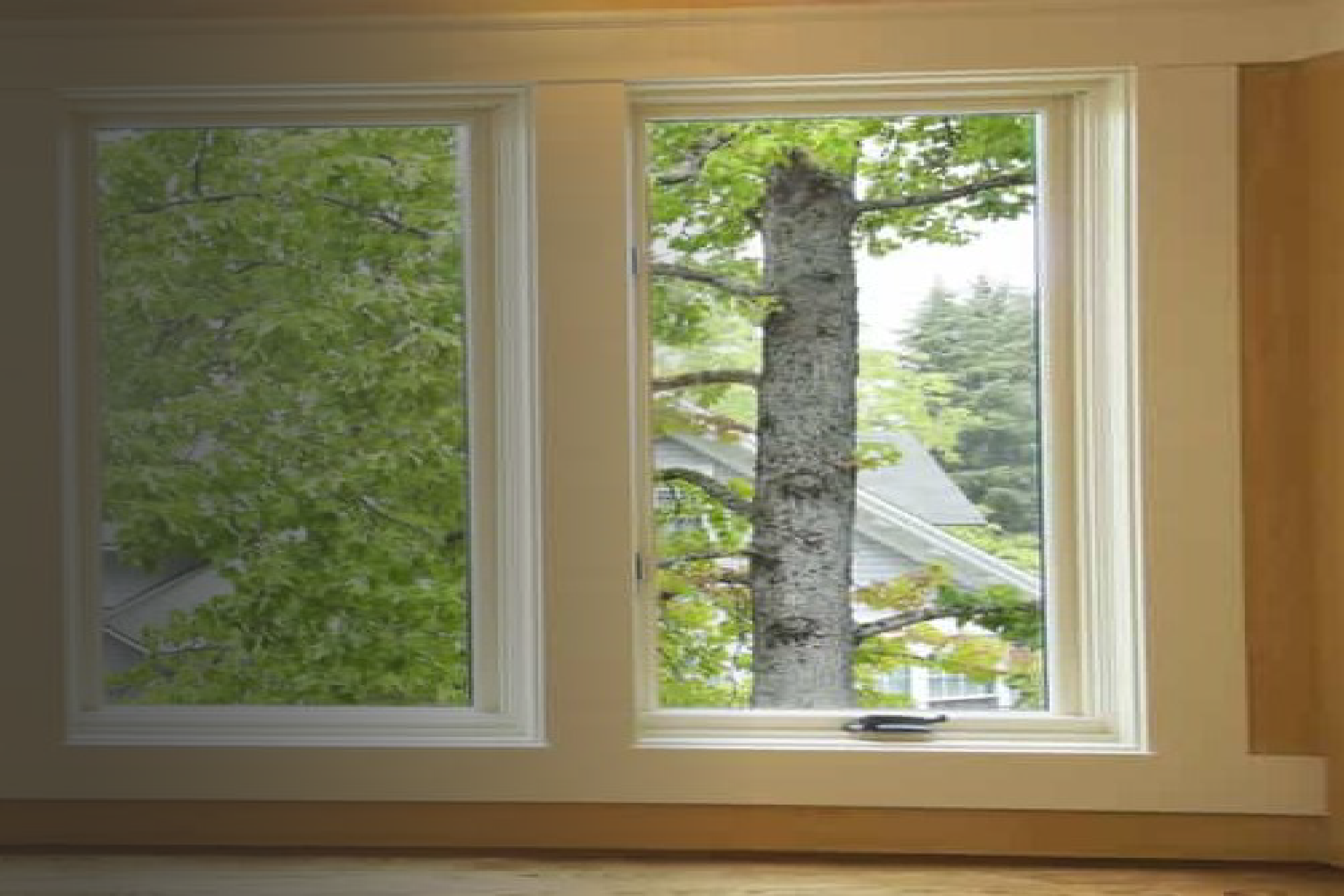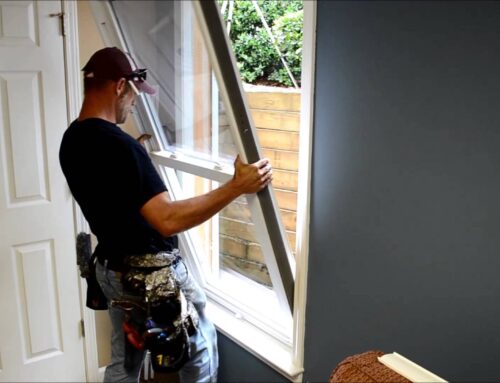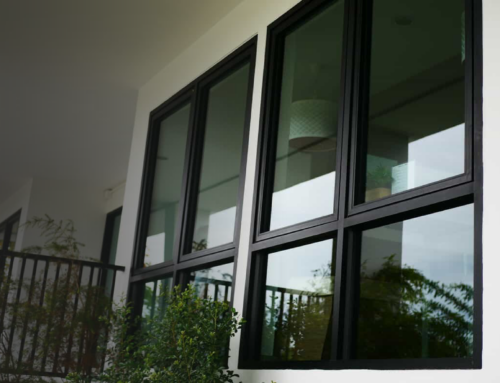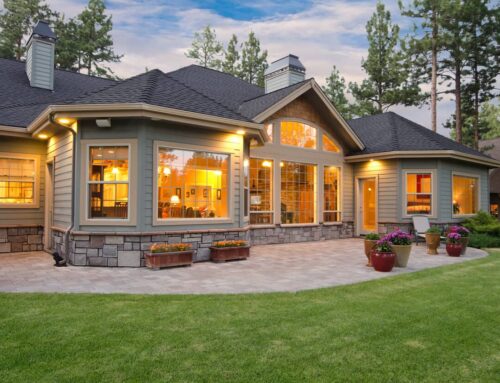
Contents
Contents
What Is a Casement Window? A Comprehensive Guide for Homeowners
Homeowners trying to decide on windows have a wide range of options to choose from. Casement windows are a popular choice for their functionality and versatility. But what is a casement window, and when is it the best window style for a home? This helpful guide will walk you through the ins and outs of casement windows, from their features and benefits to customization options.
What Is a Casement Window? An Overview
Unlike sliding windows, which have a window sash that moves vertically, casement windows swing open using a hinge on the side of the frame. Because they open outward completely, these types of windows allow for plenty of airflow, natural light, and unobstructed views.
Most casement windows use a folding crank mechanism to open. However, some newer window designs feature crankless operation. Some use a locking handle, while others you can simply push open.
In addition to casement windows that have their own window frame, they are also a popular choice for the side panels of bay windows. This way, homeowners can enjoy the fresh air of an operable window while also having a fixed picture window in the middle.
Types of Casement Windows
The term “casement window” simply refers to any window that swings open. However, there are several distinct variations of this window style. Different types of casement windows include the following styles.
Single-Hung Casement Windows
This is your classic, simple casement window. A single-hung window uses only one pane of glass, which can limit how big they can be, but makes them simpler to operate. They also provide a tighter seal than windows with multiple panels, which can improve your home’s energy efficiency. Single-hung casement windows are a popular choice with homeowners looking for a sleek and timeless design.
Double Casement Windows
Double casement windows, also called French casement windows, have two panels that each swing open from the center. Most double-casement windows have one crank that opens both panels, but they can also allow for each panel to open independently. These double-hung windows generally don’t have a mullion or stile in the middle, allowing for an expansive, unobstructed view of the outdoors when opened. Some casement windows even have three panels (triple casement windows) for a more European look.
Projecting Casement Windows
Projecting casement windows add unique visual intrigue to your home’s architectural style. As these windows swing open, they pivot toward the center to completely separate from the jamb. The result is a clean look that complements the seamless surfaces and straight lines of a contemporary-style home.
Awning Windows
Although you can categorize this as a separate window style altogether, awning windows function very similarly to casement windows. However, awning windows are hinged at the top, so they open from the bottom, creating an “awning” shape. This type of window is a popular choice for bathrooms and kitchen sinks.
In-Swing Casement Windows
While casement windows typically open outward, sometimes it’s best for them to swing inward instead. In-swing casement windows are ideal for spaces where it isn’t possible to open the window outward. Windows located by an outdoor walkway or patio are good candidates for the in-swing option.
Benefits of Casement Windows
Casement windows have several advantages over other types of windows. In addition to their visual appeal, they offer functional benefits as well.
Energy Efficiency
Since they create a tight seal in the window frame, casement windows can help reduce your energy costs. By reducing heat transfer, these energy-efficient windows allow your HVAC system to keep your home warm or cool without using as much power. Especially in areas with extreme climates, casement windows can pay for themselves over time in energy savings.
Ventilation
You probably want to keep the windows closed on a particularly hot or cold day. However, casement windows are excellent for letting a cool breeze into your home when it’s nice out. The window panel can also catch the air and direct it into your home for even better ventilation.
Low-Maintenance
Because they don’t have many moving parts, casement windows are usually inexpensive to maintain. This makes them a practical choice for homeowners who don’t have as much time for window cleaning.
Emergency Exit
In the event of an emergency, a large enough casement window can act as a point of egress. In order for them to be considered egress windows, building codes require a window opening at least 24 inches high and 20 inches wide. They also can’t have a sill height over 44 inches.
Schedule a Free Consultation With Woodbridge to Learn More
When considering replacement windows, many homeowners wonder, “What is a casement window?” If you have more questions about this versatile window style, trust the experts at Woodbridge. We have over 30 years of experience installing high-quality, energy-efficient windows. Contact Woodbridge Home Solutions today to schedule your free estimate.






